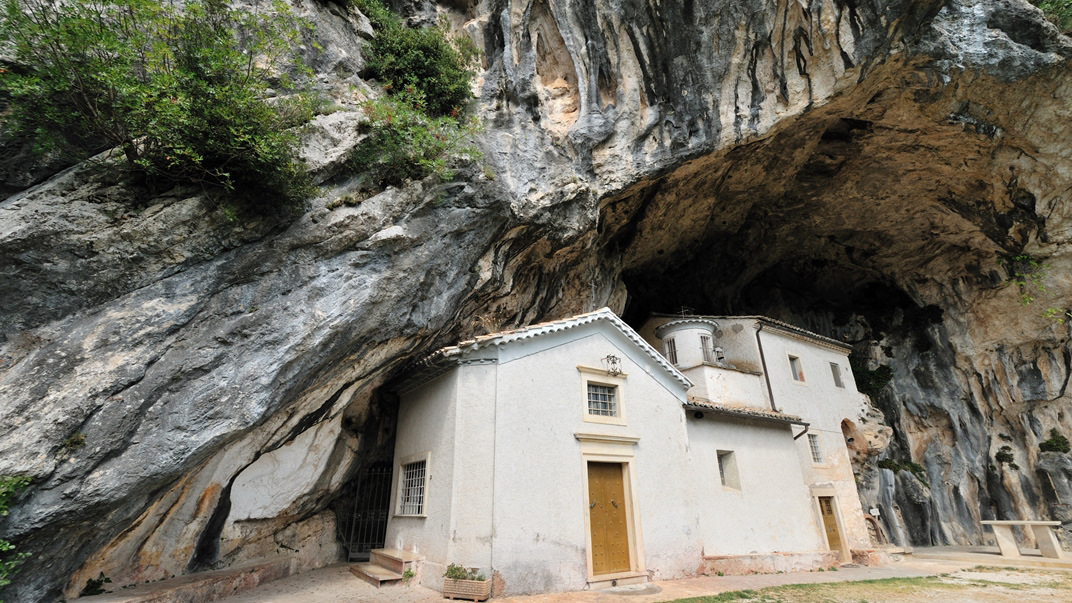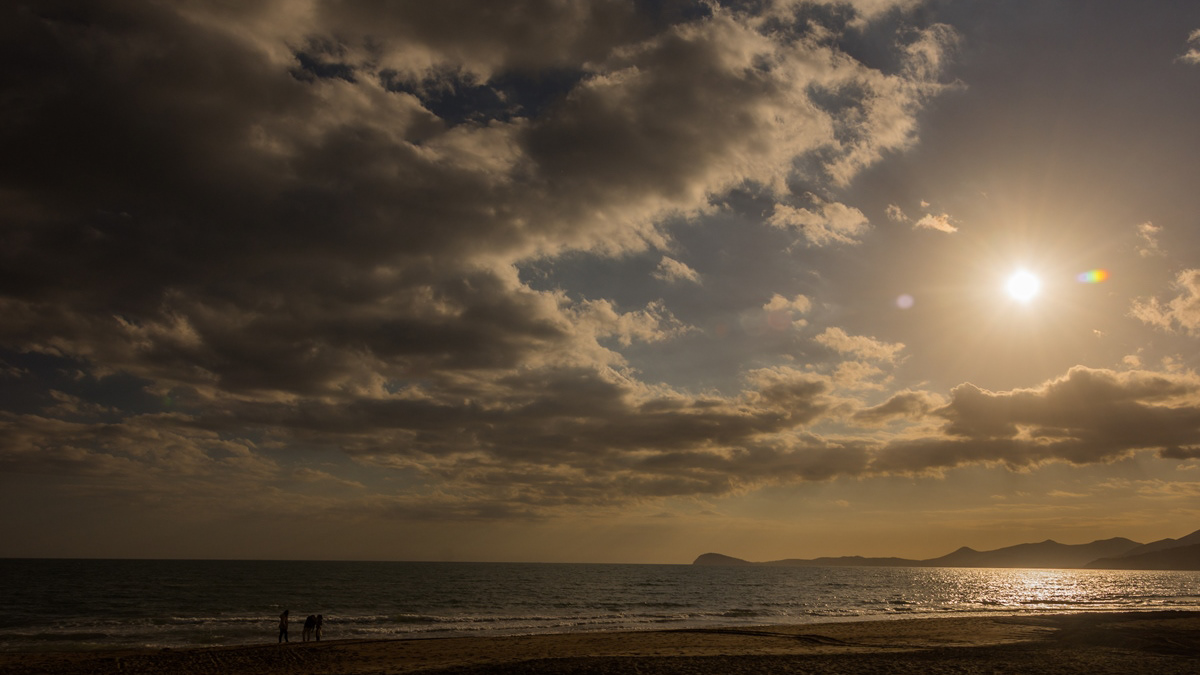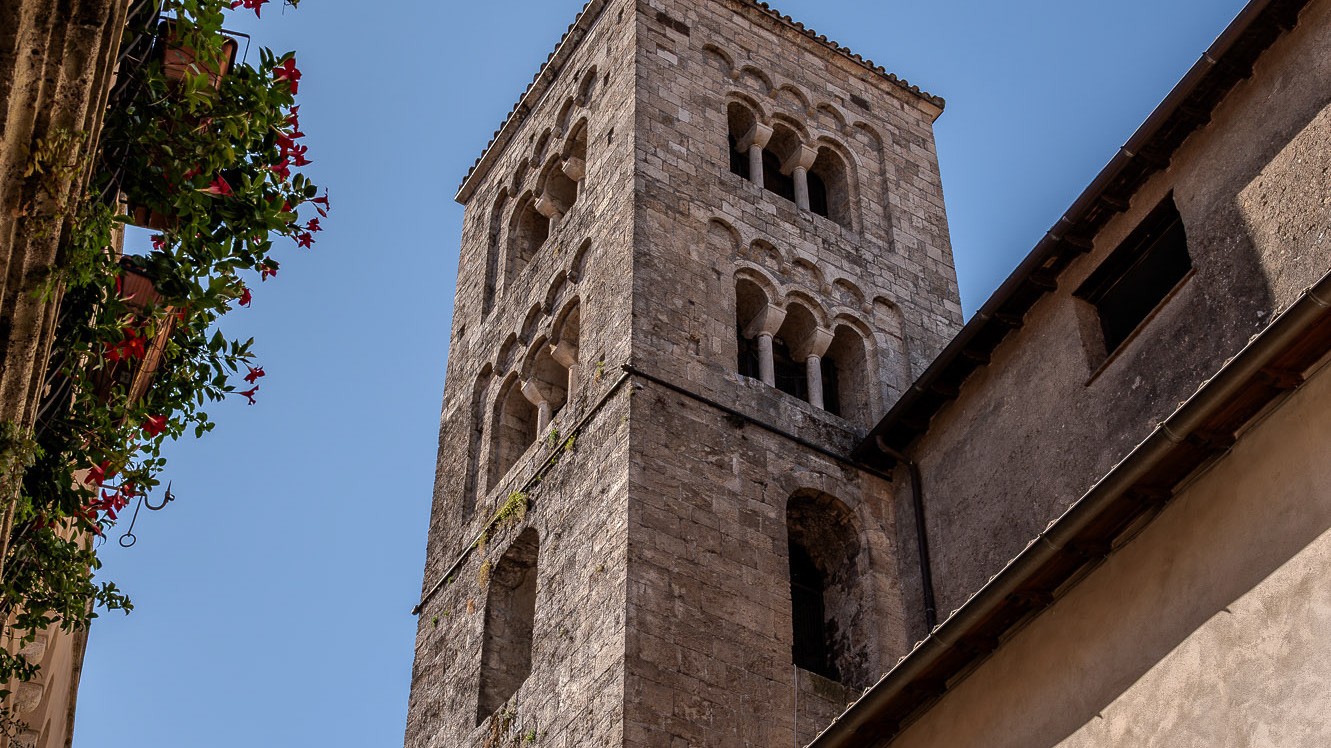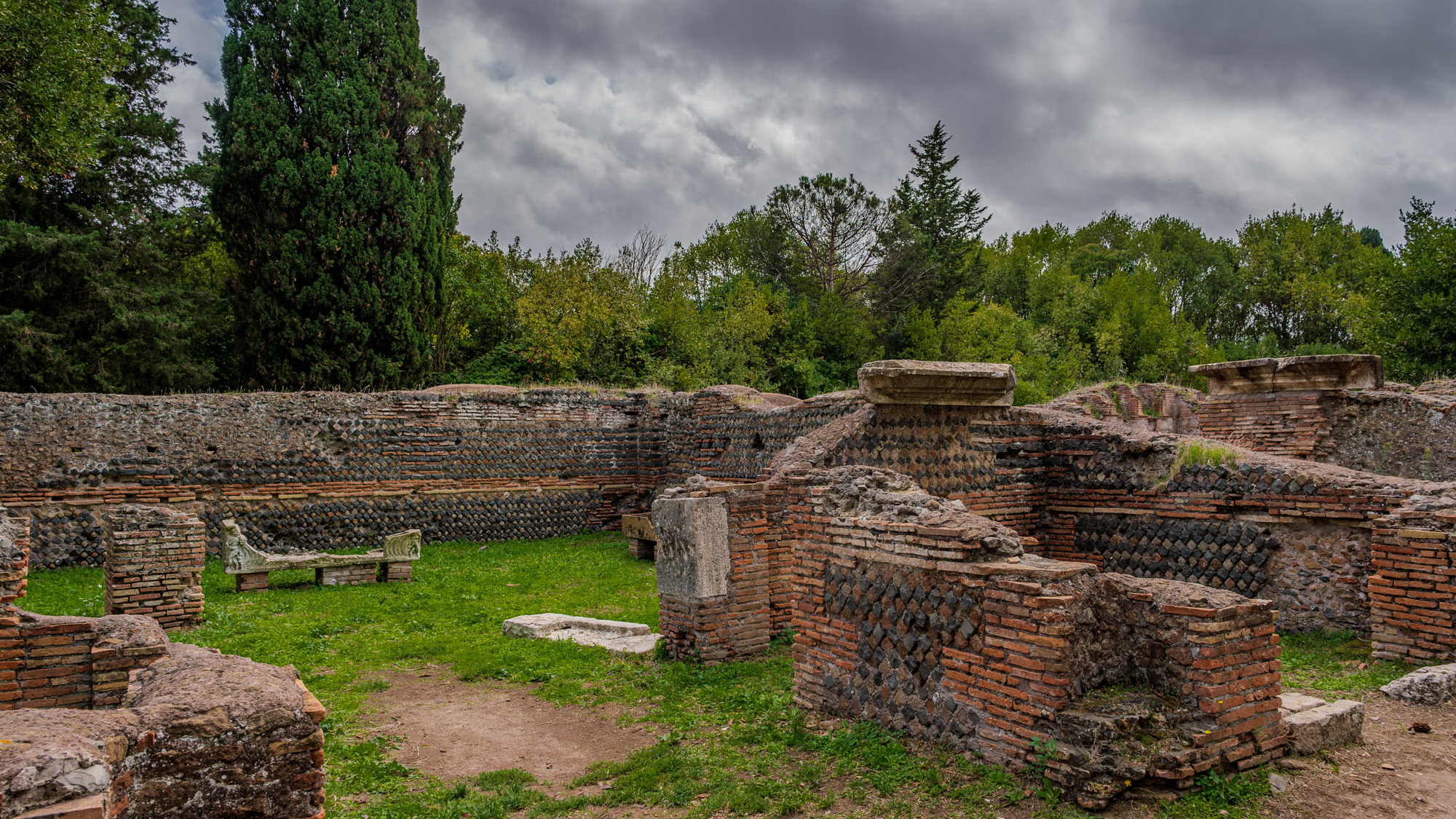Bracciano. The Orsini-Odescalchi Castle
2024
It is located in the municipality of Bracciano and dates back to the 15th century. Composed of three circles of external walls, it has five towers, one for each vertex of the external fortification.
You may also like
2024
Tyrrhenian sea, Lazio, Italy. Spectacular sunset

2015
Collepardo (FR) - Sanctuary of the Madonna delle Cese
A few minutes from the Certosa Trisulti (Collepardo - FR) you can visit the Sanctuary of the Madonna delle Cese, a small hermitage located in a suggestive cave.

2017
Marina di Minturno (LT) - Parte IV
2023
Cassino. The Benedictine Abbey of Montecassino.
The abbey of Montecassino is a Benedictine monastery located on the top of Montecassino, in Lazio. It is the oldest monastery in Italy together with the monastery of Santa Scolastica.

2025
Anagni. Church of St. Andrew
Sant'Andrea is a Roman Catholic church located on Via Vittorio Emanuele in the town of Anagni, in the province of Frosinone, in the Lazio region of Italy. A church on this site has been documented since 1003. Between 1263 and 1276, the church was rebuilt under Bishop Landone Conti in the Gothic style. Some parts of the Romanesque structure remain, including the crypt, once part of the church of San Vito. In the 16th century, Cardinal Benedetto Lomellino renovated the church; another renovation was carried out between 1748 and 1751. The current façade was added in 1761. The interior has a single nave. The altarpieces of the high altar depict Saint Andrew:
Virgin Mary with Saint Andrew and Others by Giorgini
Vocation of Saint Andrew and Martyrdom of Saint Andrew (1894) by Gagliardi.
Triptych of the Savior, with Mary, Andrew and the donor Gregorius Francisci in the central panel, and Saint Magnus and Saint Secondina in the side panels, attributed to the school of Cavallini and Torriti.
2023
Roma. Papal Major Basilica of St. Peter in the Vatican
St. Peter's Basilica in the Vatican, officially the Papal Major Basilica of St. Peter in the Vatican, is a Roman Catholic basilica located in St. Peter's Square in the Vatican City state; it is a masterpiece of Italian art and one of the symbols of Rome, of which it dominates the panorama. It is the largest of Rome's four papal basilicas and is often described as the largest church in the world both for its size and, metaphorically, for its importance as a center of Catholicism. However, it is not the cathedral church of the Roman diocese since this title belongs to the basilica of San Giovanni in Laterano, which is also the first in dignity being the Mother and Head of all the Churches of the City and of the World. As a papal chapel, located adjacent to the Apostolic Palace, St. Peter's Basilica is the seat of the main manifestations of Catholic worship and is therefore in solemn function on the occasion of the main papal celebrations. Under the pontificate of Pius IX it hosted the sessions of the First Vatican Council and under Pope John XXIII and Paul VI those of the Second Vatican Council. In addition to its liturgical importance, due to its thousand-year history, the workers involved, the exceptional technical and artistic quality, as well as the enormous and lasting influence it exerted on later architecture, St. Peter's basilica is widely considered one of the absolute masterpieces and one of the most important achievements in the history of architecture, and is included in the UNESCO World Heritage Site called Vatican City and established in 1984.
2022
Serapo beach

2017
Marina di Minturno (LT) - Sunset
2024
The abbey of Casamari

2024
Ostia. Archaeological Park of Ostia Antica
Ostia Antica is historically considered the “Gateway to Rome”: founded at the mouth of the Tiber, it was the first colony of Rome, as early as the 4th century BC.
